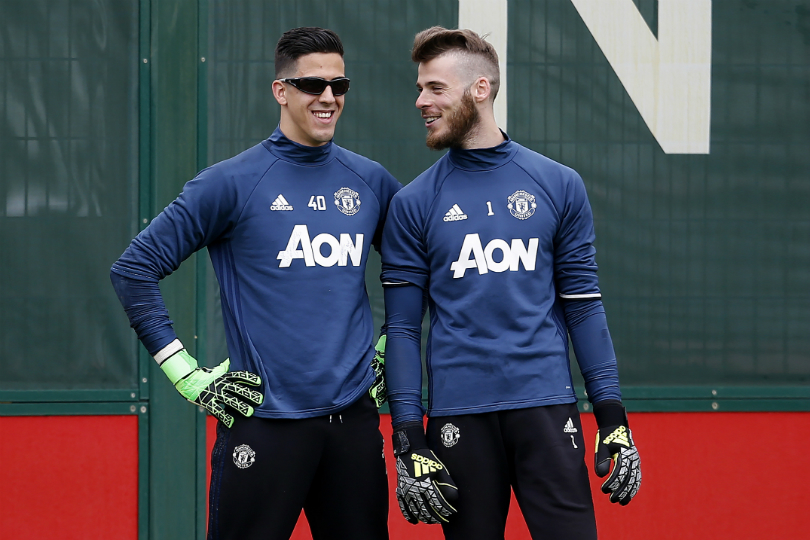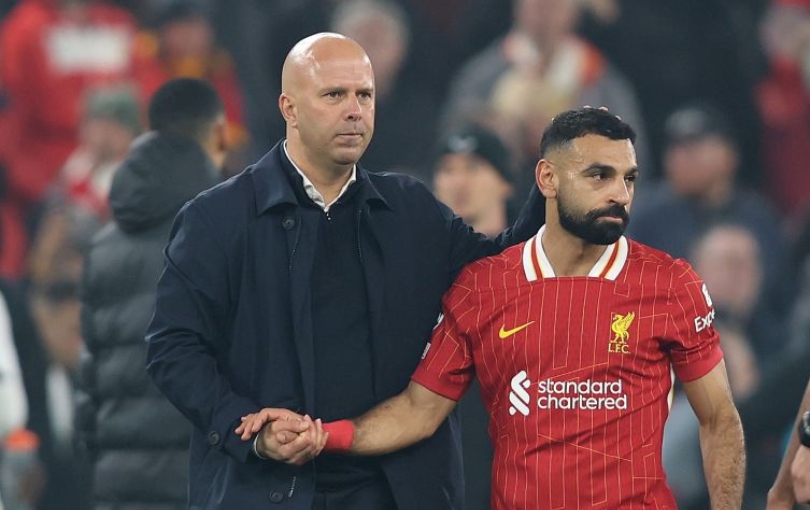Why Premier League footballers have better eyesight than you
A study of 49 elite Premier League footballers has found they have far better vision than the average person

Premier League footballers can run further than you, they can run faster than you and now it turns out they can also see better than you.
A new study published in Science and Medicine in Football tested the visual skills of 49 elite footballers at a top-level club and 31 university players.
The tests, which were carried out by Liverpool John Moores University, examined the visual functions that are thought to be most important to performance on the pitch.
Visual clarity (ability to see detail at a given distance), contrast sensitivity (ability to detect an object against a background), near-far quickness (ability to change eye gaze and attention between near and far distances), and target capture were all examined.
The researchers then compared the data to a study of 230 healthy non-athletic men and women using the same tests and found the Premier League players scored significantly higher. However, there was little difference between elite level and university standard footballers.
Interestingly, defensive players displayed faster near-far quickness than offensive players. According to the researchers, this visual function may be particularly helpful to defenders who are responsible for ensuring that the offside trap is not broken and typically have to quickly switch their attention, and therefore eye gaze, between several opponents in near and far locations.
Professor Bennett, who carried out the study, said: “While these findings add to the growing evidence that a good level of vision could be important in dynamic invasion sports, future studies need to determine the precise nature of the relationship with on-field performance.”
Get FourFourTwo Newsletter
The best features, fun and footballing quizzes, straight to your inbox every week.
The results highlight the importance of good vision in football and the potential for gaining a competitive edge through vision support and training. However, the authors stress the limitations of the study and the need for further investigation to consider the specific visual demands of player position and the role for regular eye examinations.
To read the full study online, click here.
